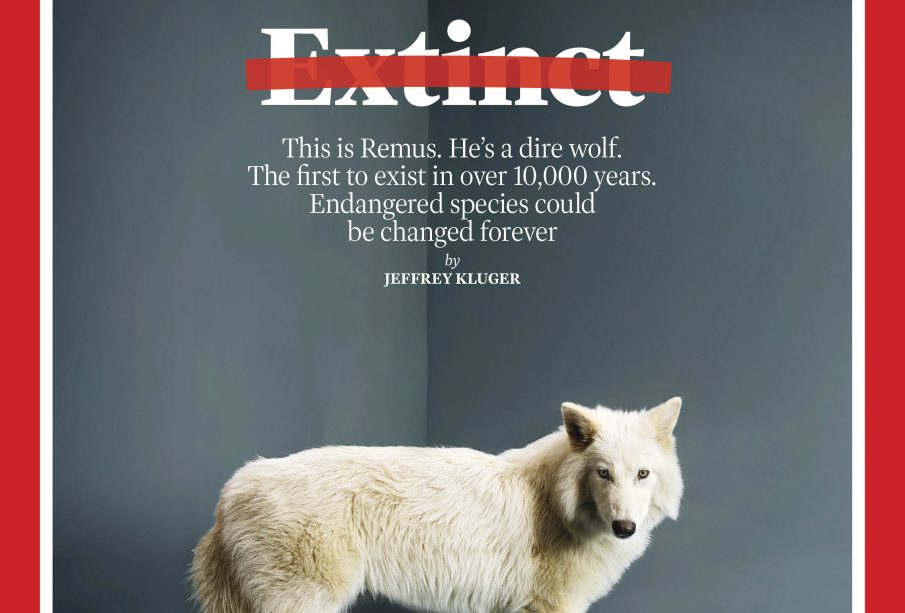The Dire Wolf: A Glimpse into an Extinct Mega Predator

Introduction: The Significance of the Dire Wolf
The dire wolf, known scientifically as Canis dirus, is an extinct species that roamed North America during the late Pleistocene epoch. Understanding the dire wolf’s existence is crucial for comprehending the dynamics of prehistoric ecosystems and the evolutionary history of canids. As one of the most iconic predators of its time, the dire wolf gained fame through its frequent depiction in popular culture, particularly in the series ‘Game of Thrones.’ However, its actual history is rooted in real-world science and paleontology.
The Rise and Fall of the Dire Wolf
The dire wolf lived approximately 250,000 to 10,000 years ago and is closely related to contemporary gray wolves. Fossil remains have been unearthed in various locations across North America, including sites in California, Texas, and New York. The dire wolf was approximately 25% larger than modern wolves, with robust bones and a powerful bite that enabled it to hunt large prey, such as bison and camels.
Recent studies conducted by a team of researchers at the University of California, Los Angeles, have utilized advanced genetic techniques to analyze the DNA of dire wolf remains. In 2021, these researchers discovered that despite their similarities to modern wolves, the dire wolves had distinct genetic markers that set them apart as a separate species. This finding adds depth to our understanding of their ecology and behavior, pointing to their adaptation to the Pleistocene megafauna.
Extinction Theories
The driving forces behind the extinction of the dire wolf are still under research and debate among scientists. Several theories suggest that climate change and the extinction of large mammals, which served as prey, played significant roles. Others point towards competition with early human populations and their domesticated dogs. As humans migrated across North America, the predators’ specialized hunting strategies may have inhibited their adaptability in an ever-changing environment.
Conclusion: The Dire Wolf’s Legacy
The dire wolf may no longer roam the Earth, but it remains a subject of intrigue for both scientists and the public alike. Its story reveals the complexities of ecosystem interactions and highlights the impact of environmental changes on species survival. As researchers continue to uncover the mysteries of the past using cutting-edge technologies, insights gained about the dire wolf can help inform conservation efforts for endangered species today. Understanding the dire wolf contributes not only to the field of paleontology but also encourages awareness of the fragility of modern ecosystems.









